La Llorona
by Manuel Carpio (1791-1869),
translated by M.D. Skeen
I turned pale when I first heard the story
As a child, a mere lamb, still so innocent
Of a man of my town, a delinquent
Who had murdered his wife Rosa-Lee.
Since that time on damp nights dim and gloomy,
Painful cries pierce the dark with their violence
Paralyzing the terrified peasants—
The clear echoes of agonized pleas.
For a while it appears she stops weeping,
And then suddenly again she’s crying.
All alone through the streets she goes creeping,
Filling all with the cold fear of dying.
By the river while most folks lie sleeping,
She walks wrapped in her shawl sadly sighing.
Original Spanish
Pálido de terror contar oía
Cuando era niño yo, niño inocente,
Que dió la muerte un hombre delincuente
En mi pueblo á su esposa Rosalía.
Y desde entonces en la noche umbría
Oye temblando la asustada gente
Tristes quegidos de mujer doliente,
Quegidos como daba en su agonia.
Por algun rato en su lamento cesa,
Mas luego se desata en largo llanto,
Y sola por las calles atraviesa.
A todos llena de mortal espanto,
Y junto al río en la tiniebla espesa
Se va llorando, envuelta con su manto.
M.D. Skeen works as an attorney in Denver, Colorado.



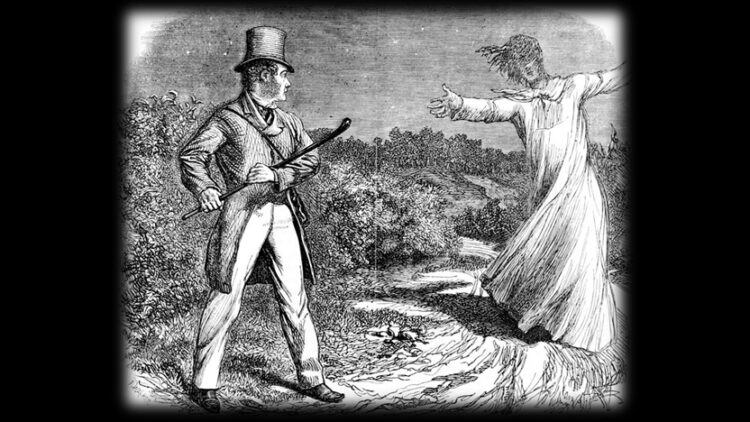


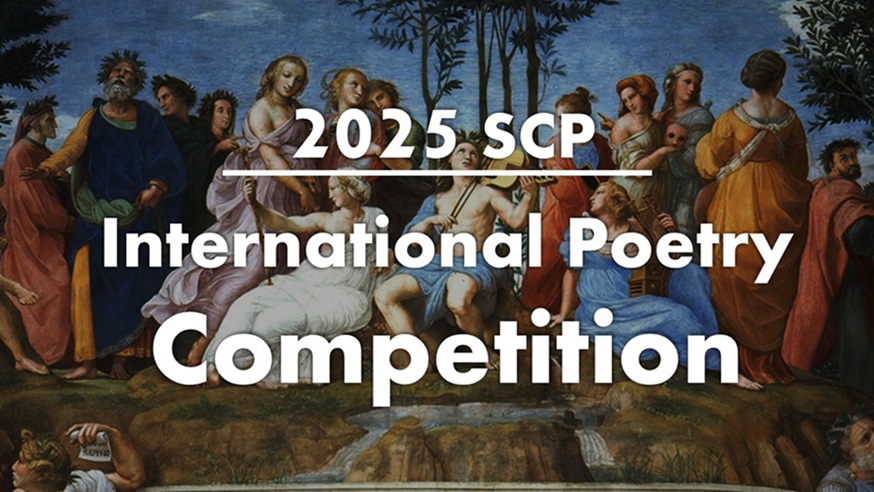

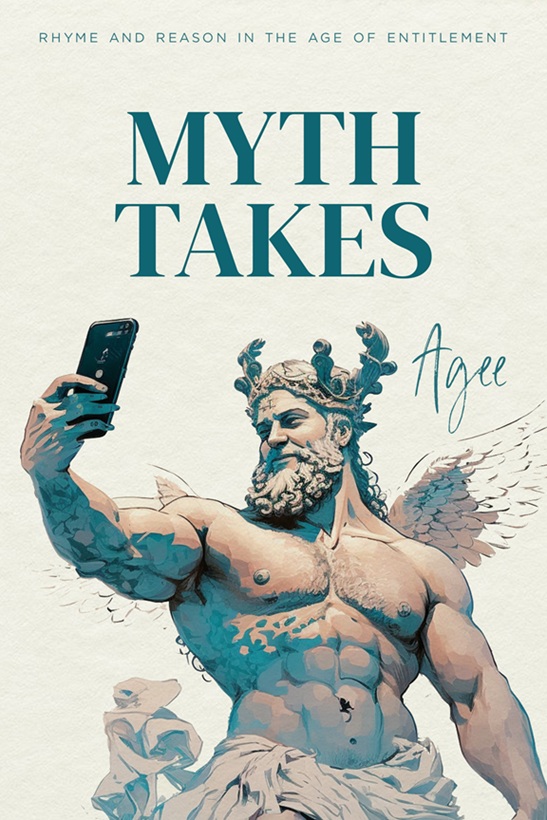
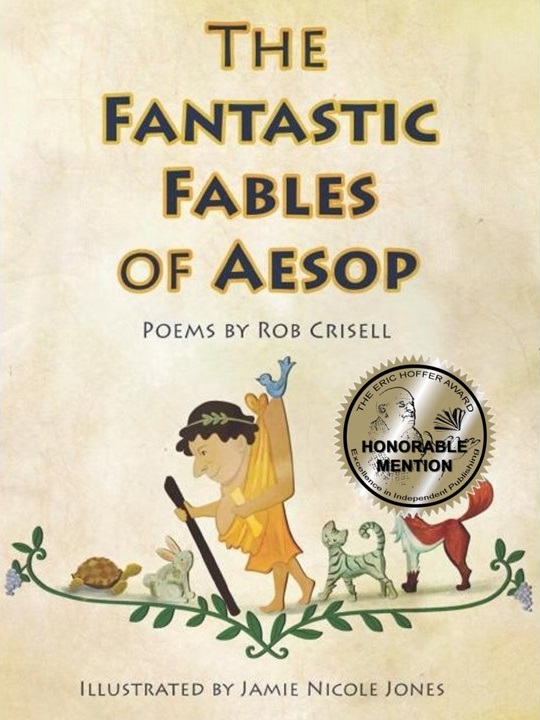
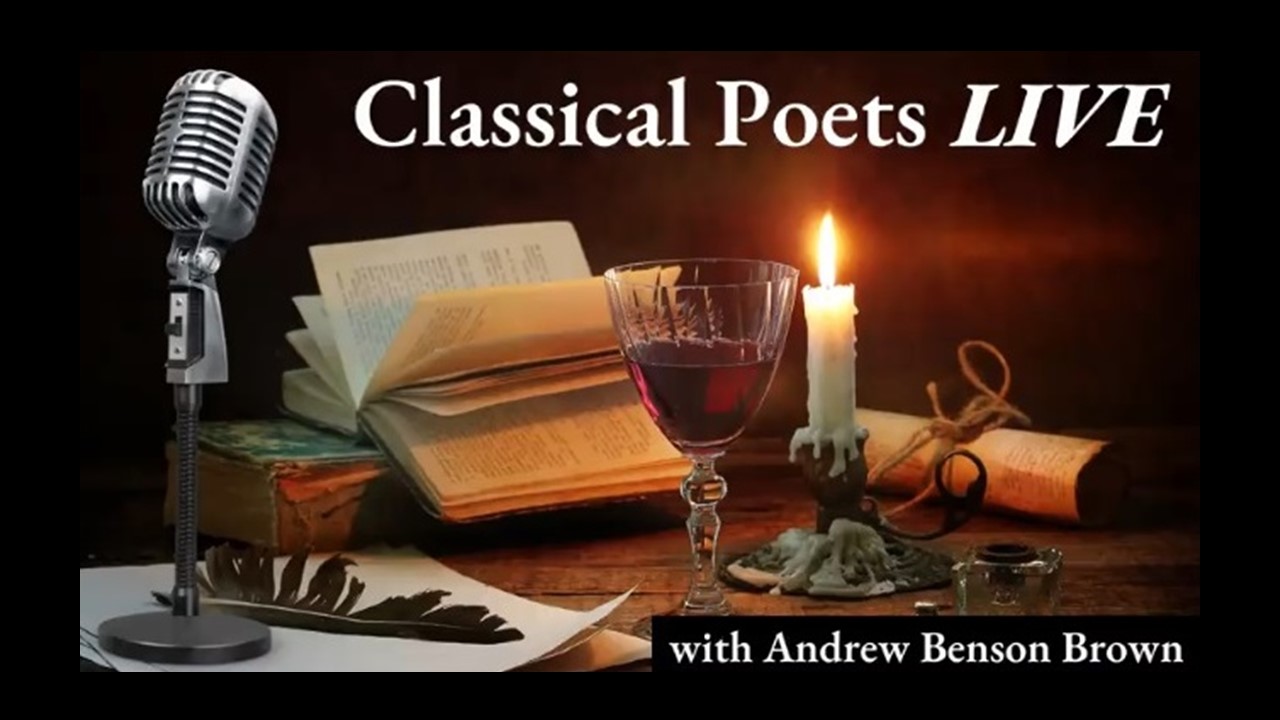

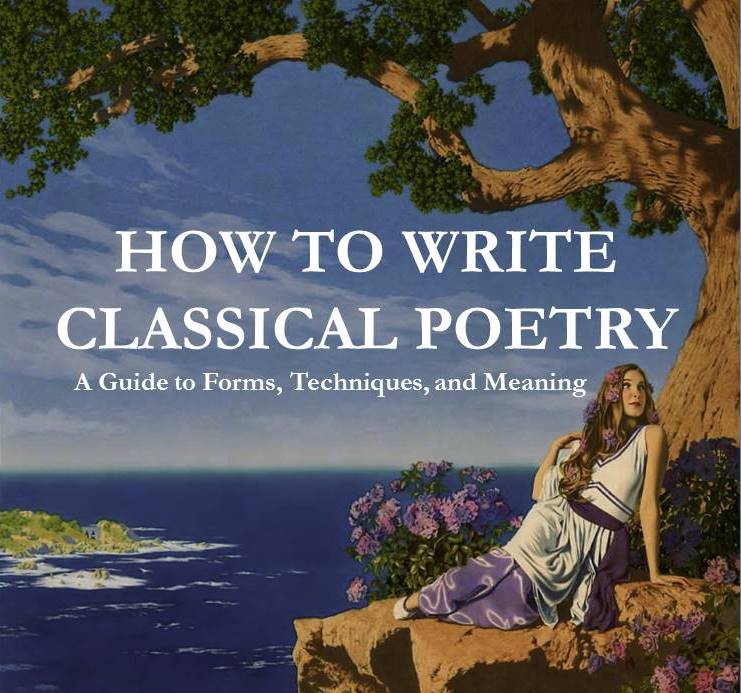




Every old house and town has it’s ghosts. Thanks for sharing this 19th century ghost story, Manuel.
This is a perfect poem for October, the month of Halloween.
A very good English rendering of the Spanish sonnet. And a rhyme scheme is maintained that, while not as exact as the original, does not distort the story. The title “La Llorona” (the “weeper” or the “wailer”) is left in the original Spanish, and I think that was a wise choice. It adds a scary touch of mystery.
There are several accounts in different cultural traditions of a weeping revenant, usually the victim of some murder, who haunts the place where the murder occurred. The accounts are so widespread and similar in detail that there surely is something real going on, no matter what materialists say.
M.D., this is a wonderful translation and a perfect poetic piece as we approach both Halloween and the Dia de los Muertos. I have a soft spot for Mexican supernatural folktales and this is a great one. Having lived much of my life surrounded by Latino culture — Los Angeles, New Mexico — I’ve heard multiple versions of this ghost story. Latina mothers have long used La Llorona as a sort of bogeyman — “You better go to sleep or La Llorona will come for you…” that sort of thing. I think the most famous iteration of the tale may be the haunting song sung by the Mexican singer Chavela Vargas (who was, incidentally, close friends with Frida Kahlo and who appeared briefly singing “La Llorona” in the film “Frida.”)
Thanks Brian. The Carpio sonnet, published in 1849, is widely considered the first literary reference to La Llorona. I was surprised to find that the only translations of the poem appear to be Google translate nonsense or ones with no attempt to maintain its structure as a poem, so this may be the first real publication of the poem in English. For more on the legend there is a pretty good treatment on the Library of Congress website:
https://blogs.loc.gov/folklife/2021/10/la-llorona-an-introduction-to-the-weeping-woman/
https://blogs.loc.gov/folklife/2021/10/la-llorona-roots-branches-and-the-missing-link-from-spain/?unapproved=658481&moderation-hash=09db7c1f4397c8f8a38ea2ea440b19b9#comment-658481